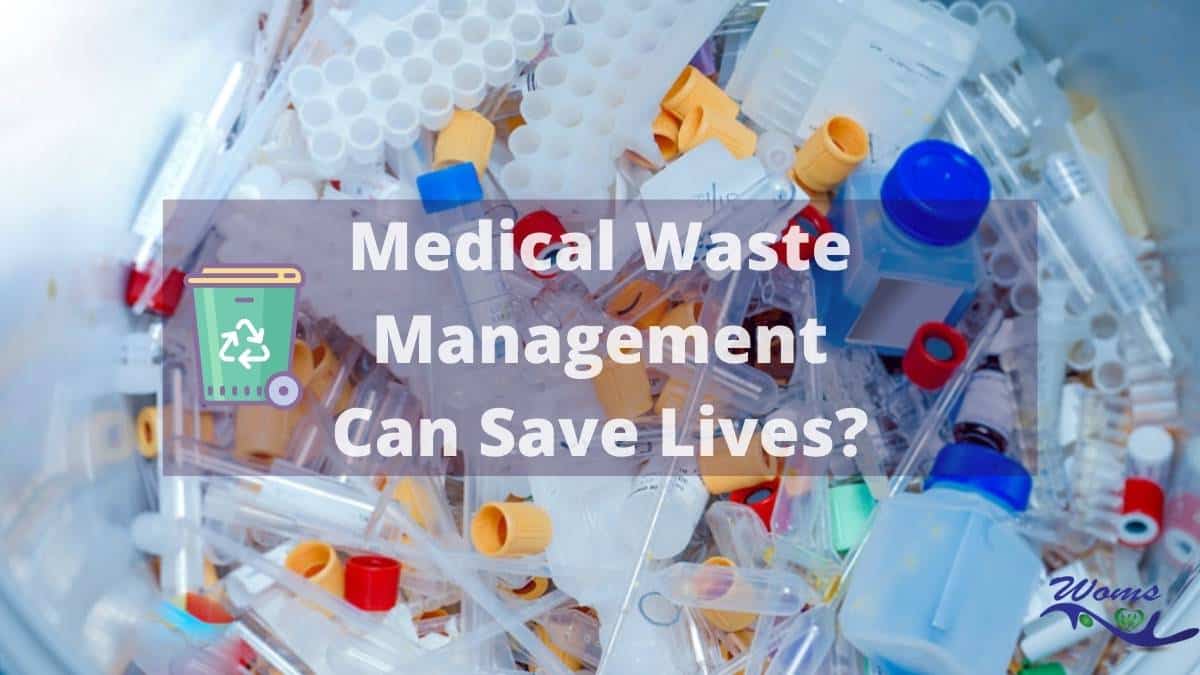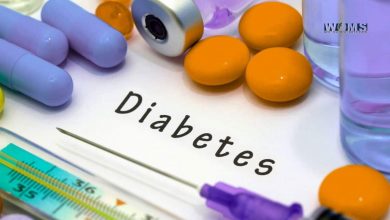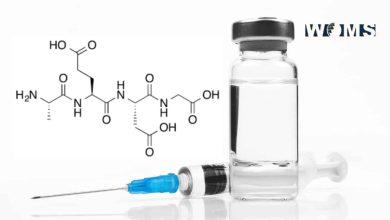How Medical Waste Management Can Save Lives?

Pandemics are extremely hard to deal with, as they involve global health and the economy. The fact alone that it is so virulent and unpredictable forced the world to drastically change the normal way of life for what has been dubbed as the “new normal”. Under this lifestyle, most societies integrate precautions into their daily business. Some of these precautions include:
- Social/Physical Distancing
- Wearing of Personal Protective Equipment (PPE) like face masks, gloves, face shields, and etc.
- Handwashing
As communities start to reopen, these precautions have become integral on an individual basis. Stopping the virus from spreading to people who are more vulnerable, individuals must take on the responsibility of keeping the other person safe. This ensures that bacteria, viruses, and harmful wastes that can come out through sneezing, coughing, etc. stay within the vicinity of the infected person.
On macro-level protection, local and national governments and organizations must create a sanitary environment and strict safety protocols that guard against the community-wide spread of COVID-19. Moreover, hospitals and establishments that deal with these types of biohazard wastes require proper medical waste disposal.
As COVID-19 hit, it is undeniable that there became an influx of biomedical wastes. People wearing disposable face masks, cotton swab tests, and the taking of blood samples on an international basis have drastically caused growth in the medical waste management market.
From 11.77 Billion in market share in 2018, the medical waste management industry grew by 5.3% the following year. This number is only expected to rise as the pandemic continues.
Medical Waste
Biohazard waste or medical waste can be defined as any type of waste that has come into contact with bodily fluids. These often come from healthcare establishments such as clinics, blood banks, and hospitals.
Prior to the prominence of biomedical waste management, these wastes were once collected in segregated plastic bags and then disposed of like ordinary garbage.
But in the 1980s, medical waste took over the shores of the East Coast and started to appear in people’s backyards, creating varying hazards for the families around the area. This alerted the United States government of the necessity to create a way of managing biomedical waste through the Medical Waste Tracking Act of 1988.
The following are widely considered to be medical wastes that require segregation and separate treatment and disposal:
- Medical Sharps
- Needles
- Syringes
- Lancets
- Infusion Sets
- Epi Pens
- Insulin Pens
- Connection Needles/Sets
- Scalpels
- Scissors
- Glass
- Sharp Plastic
- Solid Toxic Wastes
- Paper towels or wipes that are contaminated
- Used/Disposable Gloves
- Syringes
- Dressings or bandages that have been used
Hazards/Risks
According to the World Health Organization (WHO), about 16 billion injections are administered around the world, and yet not all of these sharps are disposed of properly. This creates health risks such as infection and injury to the surrounding communities.
WHO details the following risks that improper medical waste disposal can bring:
- Sharps-inflicted Injuries
Sharps like needles and syringes used by healthcare facilities often contain bloodborne pathogens that can potentially pierce through an individual’s skin and infect them. According to the Ontario Hospital Association in 2016, once a person’s skin is punctured by improperly disposed of sharps, there is a 6 to 30% chance of infection. Most of these infections are often Hepatitis B & C, as well as Human Immunodeficiency Virus (HIV).
- Toxic exposure
Medical wastes that are lying around without having gone through incineration or sterilization expose people to different types of toxins such as antibiotics and cytotoxic drugs. Once released into the environment, these toxins pollute the environment and create several adverse effects such as antibiotic pollution which can make bacteria resistant to antibiotics.
Moreover, the improper treatment and disposal of toxic wastes can also:
- Contaminate bodies of water if disposed of in improperly constructed landfills
- Release pollutants and chemical substances into the air with improper incineration protocols
Management
Because of these, healthcare facilities and households must carefully handpick the waste management companies whose services they engage with. Certain protocols and safety measures must be implemented.
Fundamental failures such as inadequate training and improper disposal systems are too big of a risk in a time where such decisions have increasingly fatal consequences. As the industry grows, so does the sophistication of waste disposal systems.
Thankfully, the Occupational Safety and Health Administration has a detailed set of protocols around biomedical waste management and has created a certification for waste disposal companies and their staff




